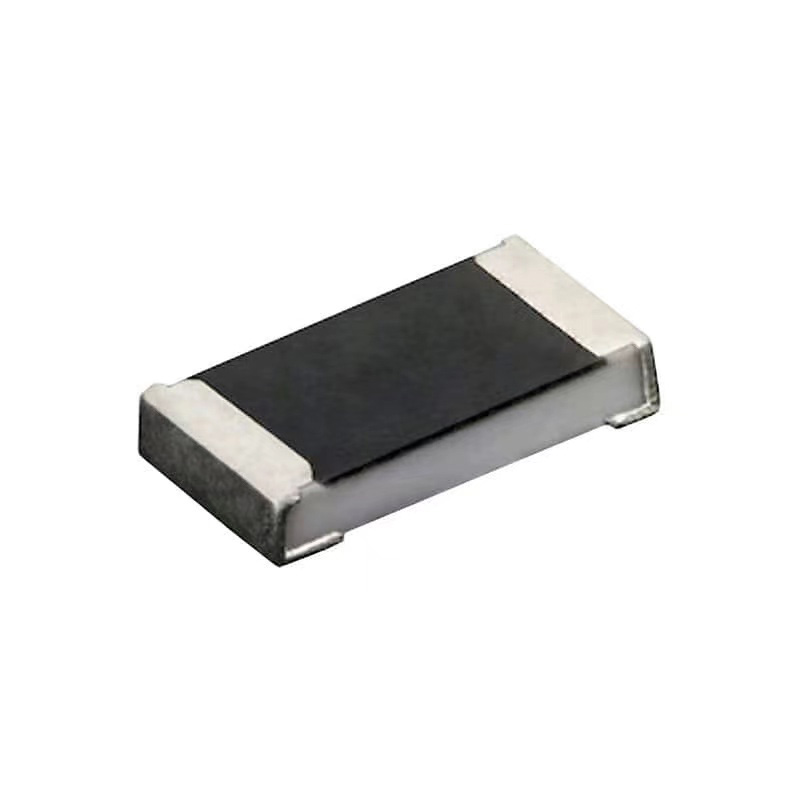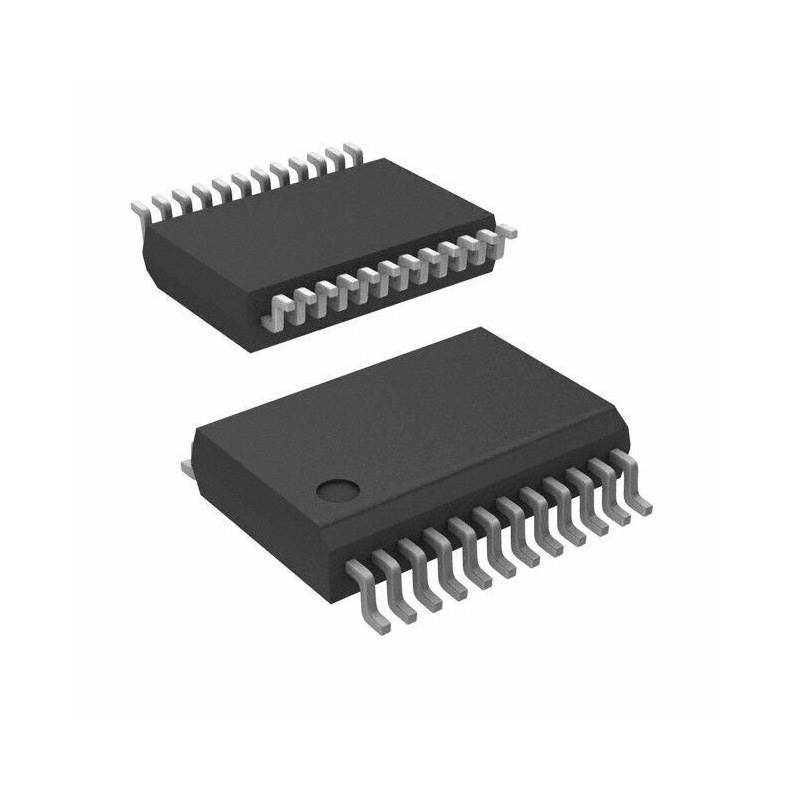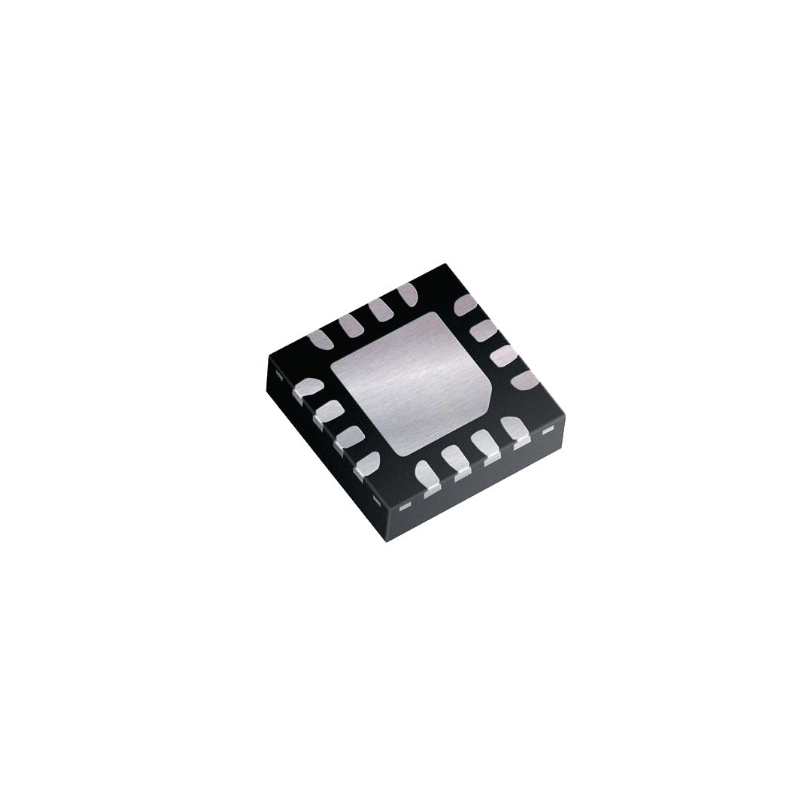What is Transistor hFE?
Update Time: Jun 05, 2023 Readership: 10205
Contents
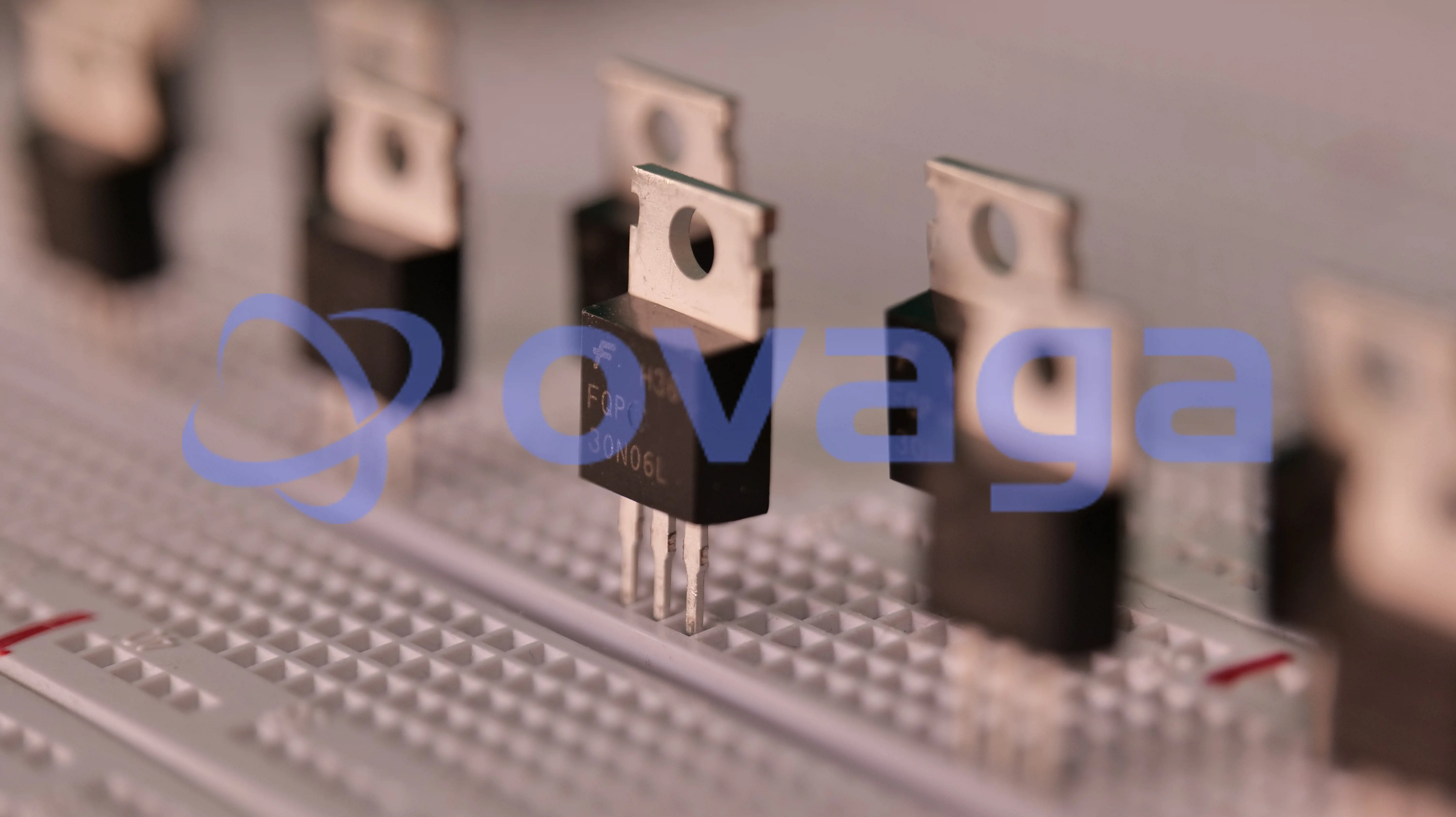
Transistors serve as essential components in modern electronic devices, enabling signal amplification and control. Among the vital parameters characterizing the behavior of a bipolar junction transistor (BJT), the hFE, or forward current transfer ratio, stands out as a crucial factor in determining its amplification capabilities. This article aims to demystify the concept of hFE, shedding light on its significance and how it influences the performance of transistors. By exploring the intricacies of hFE, we can gain a deeper understanding of how transistors function and their role in electronic circuits.
What is hFE of a Transistor?
The term hFE refers to the forward current gain in a bipolar junction transistor (BJT) in the common-emitter configuration. It is a dimensionless quantity used to express the efficiency of the transistor in amplifying current.
More specifically, hFE is the ratio of the current in the collector to the current in the base of the transistor. If a transistor has an hFE of 100, for example, it means that for every 1mA of base current, the transistor allows 100mA of collector current.
This makes hFE a crucial parameter when designing circuits that use BJTs. It should be noted, however, that hFE can vary significantly between individual transistors of the same type, so circuit designs typically should not rely solely on a precise hFE value for proper operation.
How to Calculate hFE of a Transistor?
The hFE of a bipolar junction transistor (BJT) is the DC current gain, also known as beta (β). It's defined as the ratio of the DC collector current (Ic) to the DC base current (Ib). So you can calculate it as follows:
hFE = Ic/Ib
To measure these currents and calculate hFE, you'd typically follow these steps:
1. Set up a circuit where you can control the base current (Ib) and measure the collector current (Ic). This usually involves connecting a known resistance to the base, and then applying a known voltage across it.
2. Measure the base current (Ib). This could be done by measuring the voltage across the known resistance, and then using Ohm's law (V = IR) to calculate the current.
3. Measure the collector current (Ic). This usually involves measuring the voltage across a known resistor connected in series with the collector, and again using Ohm's law to calculate the current.
4. Divide the collector current (Ic) by the base current (Ib) to get hFE.
Remember that the hFE can vary with the specific transistor, the temperature, and the collector current itself, so it's not a fixed value for a given transistor type. It's usually better to design circuits so that they don't rely critically on a precise hFE value for proper operation.
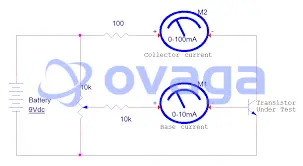
The Importance of hFE in Transistors
The hFE (or beta) of a transistor is a key parameter that characterizes its performance, specifically how much it amplifies current. It plays an important role in a variety of electronic circuits and applications. Here are a few reasons why hFE is important:
1. Amplification: The primary function of a transistor in many circuits is to amplify a signal. The hFE value is crucial in determining the level of this amplification. The higher the hFE, the more the transistor amplifies the input current.
2. Biasing: When biasing a transistor (setting the DC conditions for operation), the hFE value is necessary to determine the required base current for a given collector current.
3. Circuit Design: When designing circuits, knowing the hFE is essential. For example, in certain configurations such as a common emitter amplifier, the gain of the amplifier is directly proportional to hFE.
4. Switching Applications: In digital circuits and other applications where a transistor is used as a switch, hFE plays a critical role in ensuring that the transistor can fully turn on or off with a given base current.
However, it's important to note that hFE varies between individual transistors, even those of the same type, due to manufacturing differences. It also changes with temperature and other operating conditions. Therefore, for robust and reliable circuit designs, engineers try not to rely on a specific hFE value for the correct operation of a circuit. Instead, they design circuits in a way that they operate properly over the entire specified range of hFE values.
How to Find the hFE of a Transistor?
The hFE value for a particular transistor can usually be found in the transistor data sheet provided by the manufacturer. The datasheet contains important technical details about the transistor, such as its power rating, current carrying capacity, maximum allowable voltage, and other parameters such as hFE.
However, datasheets often provide a range for hFE rather than a specific value, since this parameter can vary between individual transistors of the same type due to manufacturing differences. It also varies with transistor operating conditions such as temperature and collector current.
If you want to find a specific hFE for a specific transistor under specific conditions, you'll need to measure it yourself by applying a known base current and measuring the resulting collector current, as described in the previous response. There are also transistor testers that can measure hFE directly.
It is worth noting that the hFE value is not a hard and fast rule for transistor operation. This is a parameter that can help you understand how a transistor will behave in a circuit, but the exact value can vary widely. Therefore, it is usually better to design circuits so that they do not rely heavily on accurate hFE values to function properly.
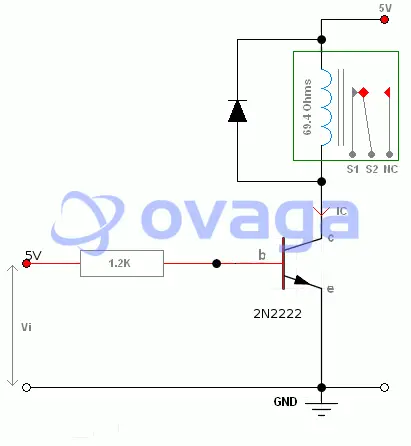
Different Types of Transistor Gain
In electronics, the term "gain" generally refers to the ratio of output to input. When it comes to transistors, there are different types of gains associated with different transistor configurations and parameters. Here are some of them:
Beta (β) or hFE: This is the current gain for a bipolar junction transistor (BJT) in the common-emitter configuration. It is the ratio of the DC collector current (Ic) to the DC base current (Ib). It's also known as the DC current gain. The symbol β is used for NPN transistors while the symbol β' is used for PNP transistors.
hfe: This is the small signal current gain. While hFE refers to the DC current gain, hfe refers to the AC current gain, typically at a specified frequency. It's essentially the same as hFE, but measured under conditions of changing currents and voltages, as opposed to steady (DC) conditions.
Alpha (α): This is the current gain for a BJT in the common-base configuration. It is the ratio of the DC collector current (Ic) to the DC emitter current (Ie). Alpha is generally close to 1 for most transistors.
Voltage Gain (Av): In certain transistor amplifier configurations, the ratio of output voltage to input voltage is an important parameter. This is typically relevant in amplifier circuits.
Power Gain (Ap): In power applications, the ratio of output power to input power is an important figure of merit. This is relevant in circuits like power amplifiers.
What is hFE Value of a Transistor?
The hFE of a transistor, often called the DC current gain or simply the beta (β) of the transistor, is a measure of how much the transistor amplifies the current from the base to the collector in a bipolar junction transistor (BJT).
The hFE is given by the ratio of the collector current (Ic) to the base current (Ib). So, if a transistor has an hFE of 100, it means that a change in the base current will be amplified 100 times in the collector current.
The exact value of hFE varies from one transistor to another, even for transistors of the same model. This is due to variations in the manufacturing process. The hFE of a transistor can also change with different operating conditions like temperature and the level of current through the transistor.
For these reasons, the hFE is typically given as a range in the transistor's datasheet. It's a useful parameter to know when designing circuits, but circuits should generally be designed in a way that doesn't rely on a specific hFE value for correct operation.
Different States of Current Gain
When we talk about the different states of current gain, we're typically referring to the different operating regions of a transistor. Each region corresponds to a different state of operation, and the current gain behaves differently in each. The three primary operating regions of a transistor are:
1. Active region (or linear region): In this region, the transistor operates as an amplifier. The base-emitter junction is forward-biased and the base-collector junction is reverse-biased. This allows current to flow from the collector to the emitter. The current gain in this region, often referred to as hFE or beta (β), is significant and is used to amplify the input signal.
2. Saturation region: In this region, both the base-emitter and base-collector junctions are forward-biased. The transistor is fully "on" and allows maximum current to flow from the collector to the emitter. The transistor acts as a closed switch in this region. As the base current increases, the collector current eventually stops increasing, effectively reaching a point of "saturation."
3. Cut-off region: In this region, both the base-emitter and base-collector junctions are reverse-biased. The transistor is fully "off" and prevents current flow from the collector to the emitter. The transistor acts as an open switch in this region. Since there's no base current, there's no collector current either, and the current gain is effectively zero.
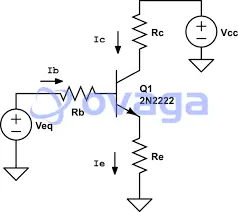
Conclusion
In conclusion, understanding the concept of hFE, or the current gain of a transistor, is essential in the field of electronics. This parameter provides us with crucial insights into how a transistor functions, specifically in terms of its capacity to amplify current. hFE (Beta, β) allows us to determine the behavior of transistors in various applications such as signal amplification, biasing, and digital switching. However, it is important to note that this parameter can vary based on several factors such as manufacturing differences, temperature, and operating conditions. Therefore, while hFE is a vital factor in circuit design, engineers should ensure that their designs don't rely solely on a specific hFE value for correct operation. Additionally, other types of transistor gain, such as hfe, alpha, voltage gain, and power gain, each have their unique importance and applications. Understanding these different aspects of transistor operation is foundational to the design and analysis of electronic circuits.
Read More:
C945 Transistor Datasheet, Pinout, Equivalent and Uses
D882 Transistor Pinout, Equivalent, Uses and Datasheet
What is Transistor hFE
13003/MJE13003 Transistor: Pinout, Features, Equivalent and Uses
2N6027 Transistor Datasheet, Pinout, Equivalent and Uses
S9012 Transistor Datasheet, Pinout, Equivalent and Uses
Extended Reading
 FAQ
FAQ
-
Is hFE the only important parameter to consider when using a transistor in a circuit?
No, while hFE is an important parameter, there are many other parameters to consider when using a transistor in a circuit, such as the maximum collector current, maximum collector-emitter voltage, power dissipation, and frequency response, among others. The importance of each parameter depends on the specific application.
-
Can a circuit function properly if the hFE value of the transistor it uses changes?
Yes, a well-designed circuit should be able to function correctly over a range of hFE values. While the exact behavior of the circuit may change slightly with different hFE values, the overall operation should not be critically dependent on a specific hFE value.
-
How does the hFE value influence a transistor's amplification capability?
The hFE value of a transistor dictates its current amplification capability. A higher hFE value means that a small change in the base current will result in a larger change in the collector current, leading to higher amplification.
Popular Blogs
-
![PCA9617ADPJ Datasheet | NXP Semiconductors]()
PCA9617ADPJ Datashee...
The PCA9617ADPJ is a signal buffer and repeater ...
-
![D882 Transistor Pinout, Equivalent, Uses and Datasheet]()
D882 Transistor Pino...
The D882 transistor is a commonly used NPN bipol...
-
![C1815 Transistor Datasheet, Pinout, Equivalent, Voltage, Circuit and Uses]()
C1815 Transistor Dat...
The C1815 is a general purpose NPN transistor us...
-
![C945 Transistor Datasheet, Pinout, Equivalent and Uses]()
C945 Transistor Data...
The C945 transistor is a small, low-power NPN bi...



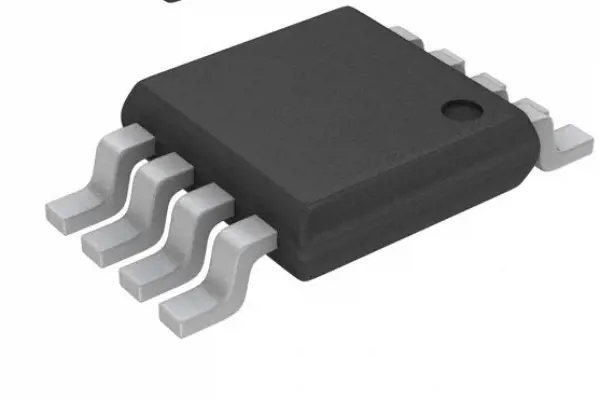
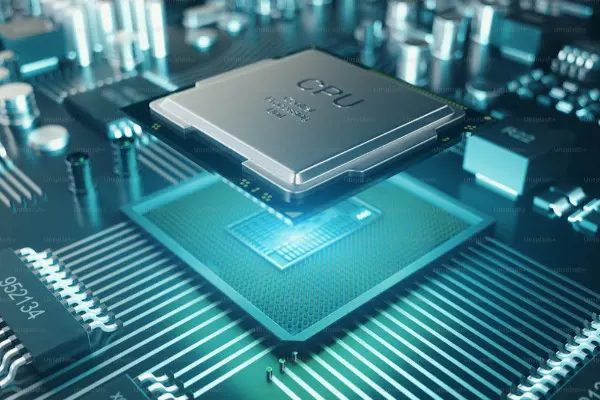
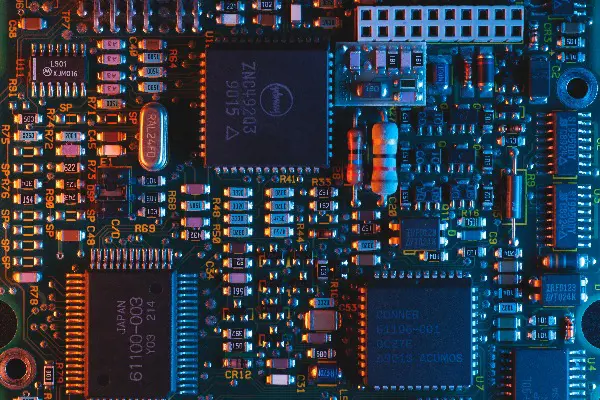
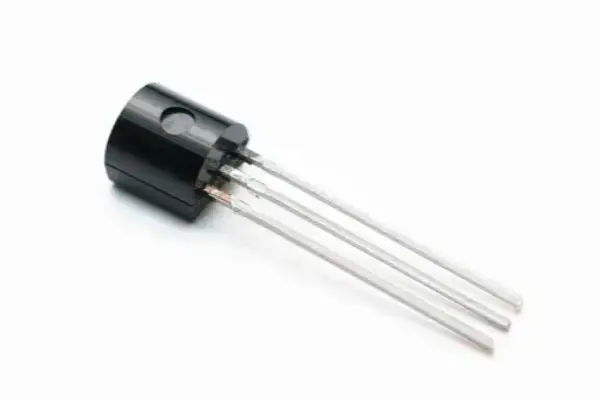












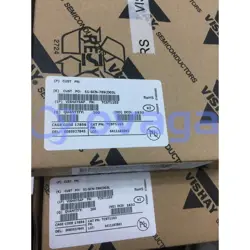




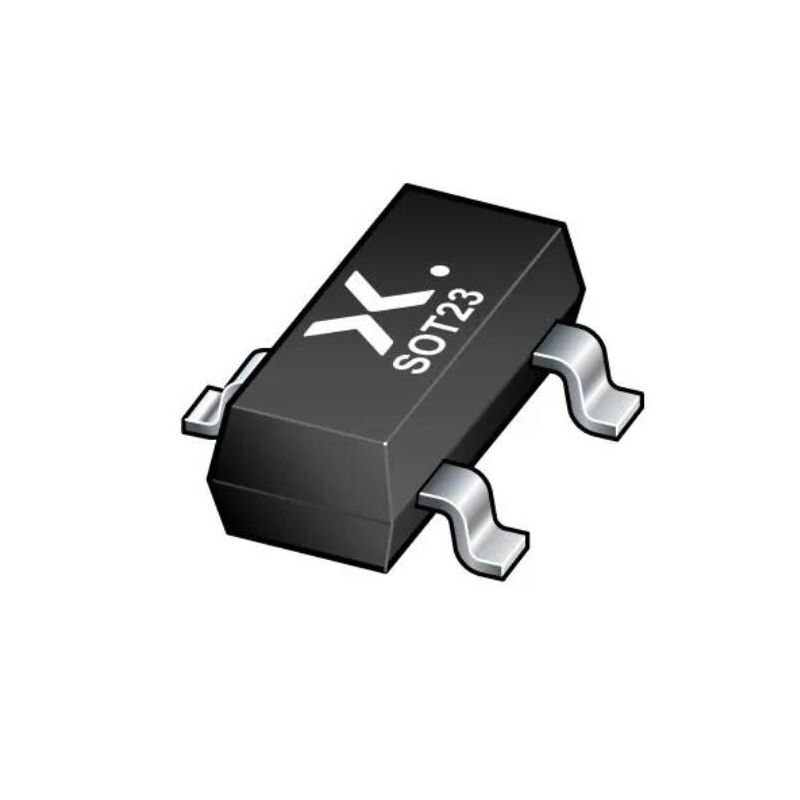
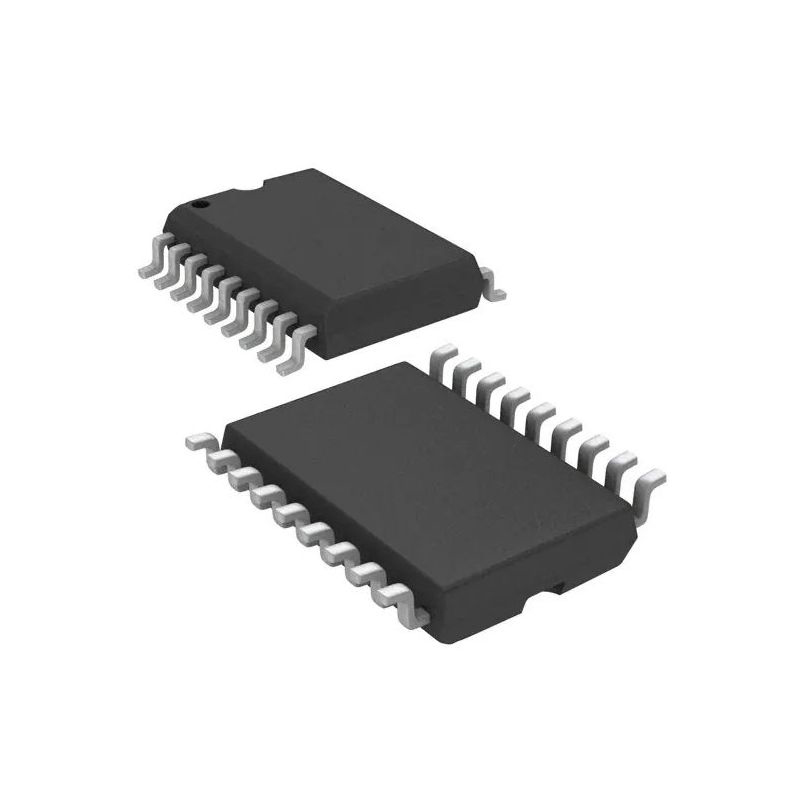

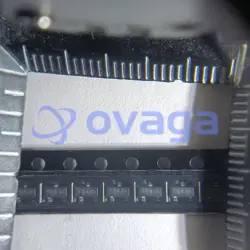

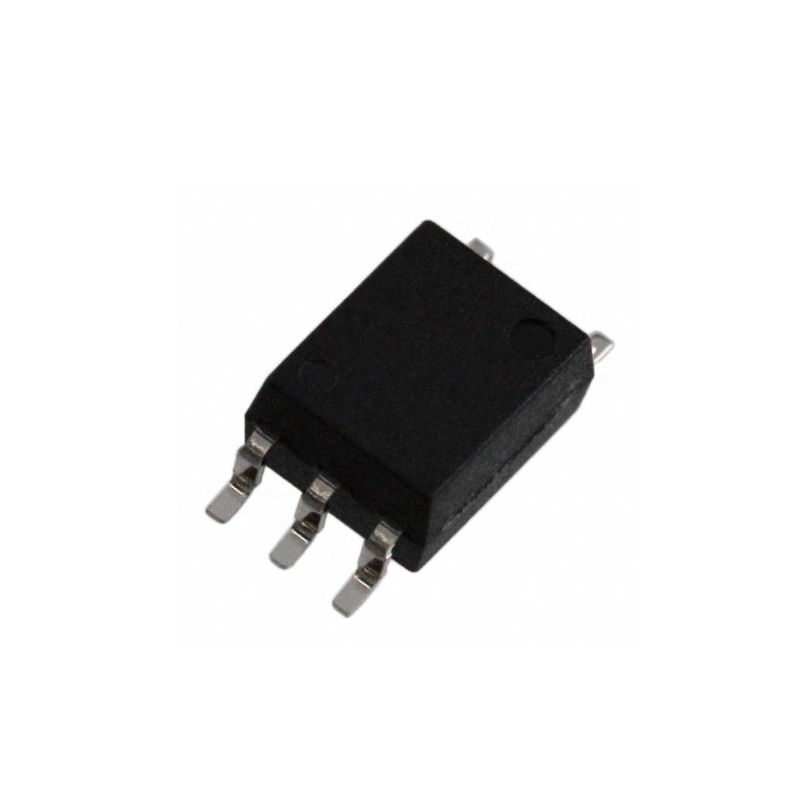
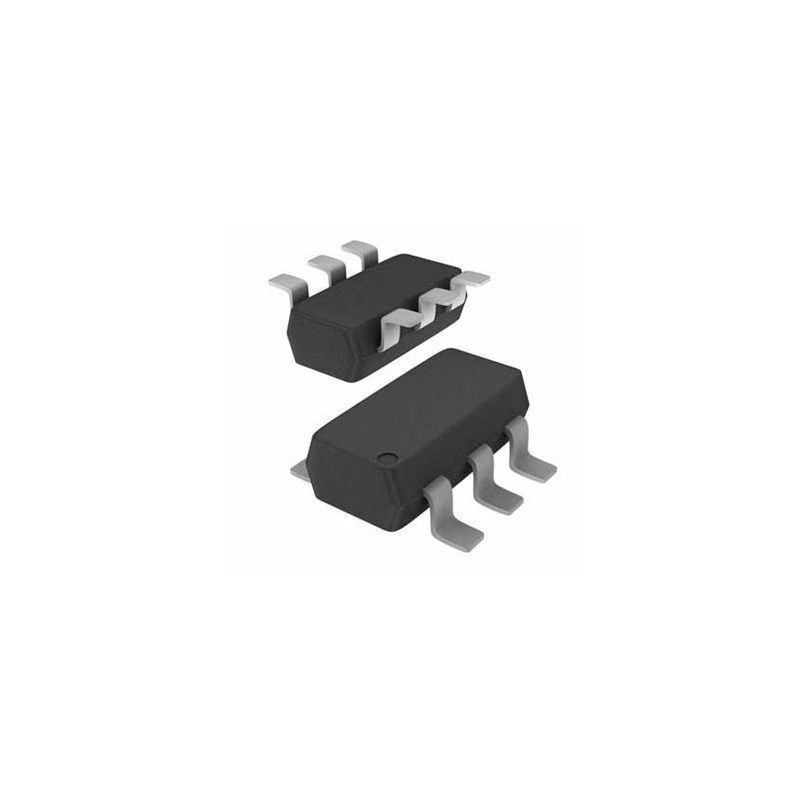

.jpg)
